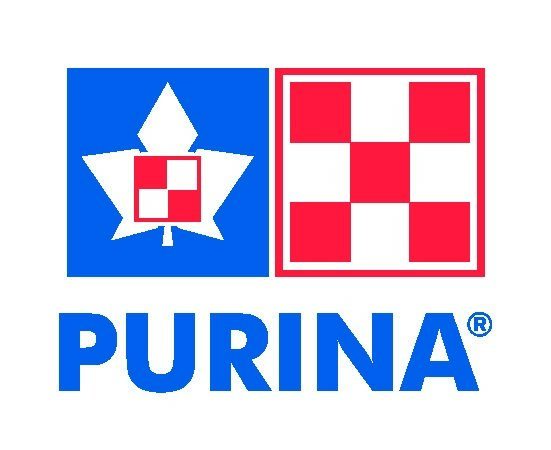Breeding cows back in a timely manner hinges upon that first estrous cycle after calving, but sometimes the return to estrus is delayed. However, there are things you can do to identify and manage these cows and improve your herd’s pregnancy rate.
At any given time of the year, the percent of cows that have not initiated an estrous cycle by 60 days in milk can vary from 15 percent to 45 percent.
The period between calving and the start of the first estrous cycle is called the anovulation period. This article will discuss the following:
- Factors that lengthen the anovulation period
- How anovulation affects fertility
- How to identify anovular cows
- Ways anovular cows can be managed to enhance the herd’s pregnancy rate
Factors that lengthen the anovulation period
So what cows in your herd are more apt to have an extended time to their first estrous cycle? Recent data indicate that energy balance and uterine inflammation are key determinants of prolonged anovulation in dairy cows.
Interestingly, level of milk production does not seem to be a key determinant of prolonged anovulation. While there is a significant variation in time to first cycle among farms, it does appear that extended time of anovulation has a greater heritability estimate compared to most other reproductive traits.
Recent data in our laboratory and in current literature indicate that first-parity cows have longer days to first estrous cycle compared to older cows, and subclinical and clinical diseases can lengthen this period. Furthermore, increased time to first estrous cycle is related to body condition score (BCS) losses from calving to 70 DIM.
How anovulation affects fertility
All these factors help to describe cows that might be more apt to have extended anovulation. Why does this matter? Are these cows more difficult to get pregnant compared to cows that are cycling by 60 DIM?
The short answer is: yes. These are the majority of problem cows. Cycling cows have approximately a 40 percent greater chance of pregnancy following Ovsynch compared to anovular cows.
In addition, anovular cows have a greater chance of pregnancy loss following first pregnancy diagnosis.
If your reproductive management strategy is based on detection of estrus without the use of synchronization or fertility programs, anovular cows can have a detrimental effect on extending time to pregnancy, since these cows will begin cycling later in lactation compared to the rest of the herd.
How to identify anovular cows
If your herd is struggling with short- or long-term fertility problems, or longer-than-acceptable days open, it would be advantageous to identify anovular cows prior to your desired time of first A.I. breeding.
The most direct way to have your veterinarian identify anovular cows is by using ultrasonography to evaluate the ovaries. The critical organ to identify in ovaries is either a mature corpus luteum (CL), a regressed CL (corpus albicans), a newly growing CL or a luteal structure with a large, fluid-filled cavity.
The CL is the progesterone-producing organ in cows that results from an ovulation of a follicle. A new cycle occurs following first ovulation and the formation of the CL.
A skilled ultrasound operator can be very accurate at identifying the types of CL with a single scan of the ovaries. University of Wisconsin – Madison’s Dr. Paul Fricke and his colleagues were nearly 90 percent accurate in identifying anovular cows with one ultrasound scan. If none of the above CL types are present in the ovaries, the cow is anovular.
Another way to test for anovular cows is via blood or milk sampling. Two blood or milk samples 10 days apart can be used to test for circulating concentrations of progesterone. If both samples are low, then the cow is likely anovular.
Ways anovular cows can be managed to enhance the herd’s pregnancy rate
What are the best options for treating cows diagnosed anovular? The short answer is: Anovular cows need progesterone. The most direct way to treat cows with progesterone is with a CIDR device. The next best way is to induce a CL with GnRH.
Anovular cows have approximately an 80 percent chance of ovulating a dominant follicle with a single dose of GnRH. Timing of treatment is dependent upon the type of reproductive management program being implemented on the farm.
It may not be as important to determine cycling status if the reproductive management program utilizes double Ovsynch or G6G for first A.I. These two programs provide the opportunity to induce ovulations with GnRH prior to the start of Ovsynch.
Our data indicate that double Ovsynch is superior in this regard. At the time of the first GnRH of the breeding Ovsynch, approximately 80 percent of cows treated with double Ovsynch and 75 percent of cows treated with G6G have high endogenous progesterone concentrations.
Cows treated with any of the Presynch/Ovsynch programs are less effective in inducing ovulation prior to Ovsynch. Only 40 percent of cows treated with Presynch-11 have high concentrations of progesterone at the time of the first GnRH of Ovsynch.
These programs utilize PGF2α (PG) to induce estrus and to pre-synchronize cows to certain stages of the estrous cycle, and PG does not cause ovulation.
Determining cycling status of cows treated with Presynch/Ovsynch can be done at the time of the first GnRH of Ovsynch. These would be the cows that were not detected in estrus after both PG treatments. (Calendars of the aforementioned A.I. fertility programs can be found at www.dairycattlereproduction.com)
If cows are not on a synchronization program of any kind and are not detected in estrus either by visual observation or electronically, cows should be checked 21 days following the voluntary waiting period (VWP), and if anovular, treated with a CIDR device for seven days with GnRH at the time of CIDR insertion.
In this case, cows should receive a PG at CIDR removal in addition to one day later, then either observed for estrus or timed-inseminated 16 hours following a final GnRH that was administered 56 hours after the PG. PD
Dr. J. Richard Pursley is co-creator of the Ovsynch program. His current program focuses on enhancing fertility of dairy cattle.
References have been omitted due to space but are available upon request. Click here to email an editor.









